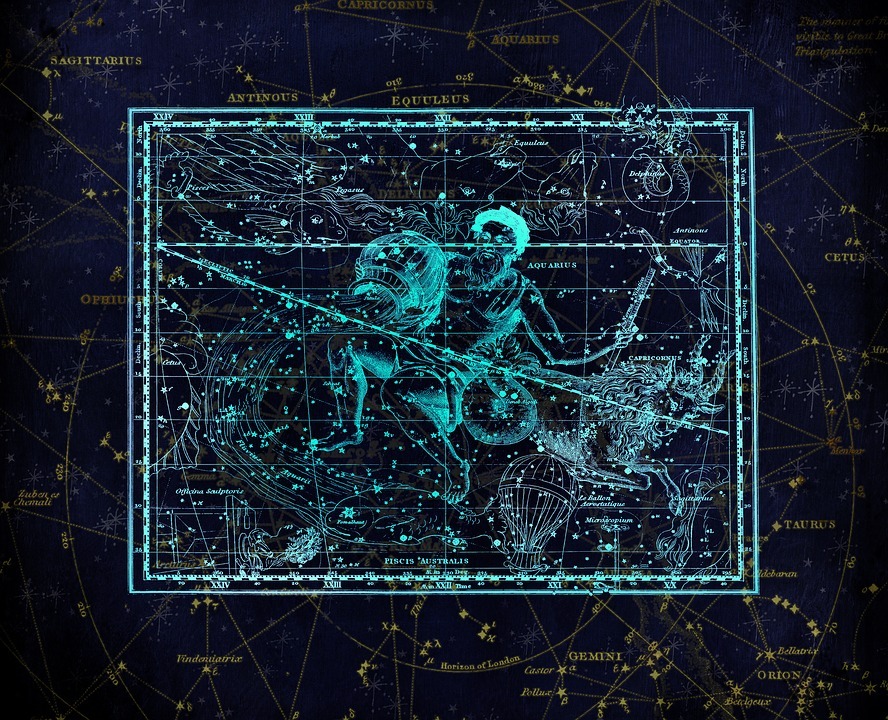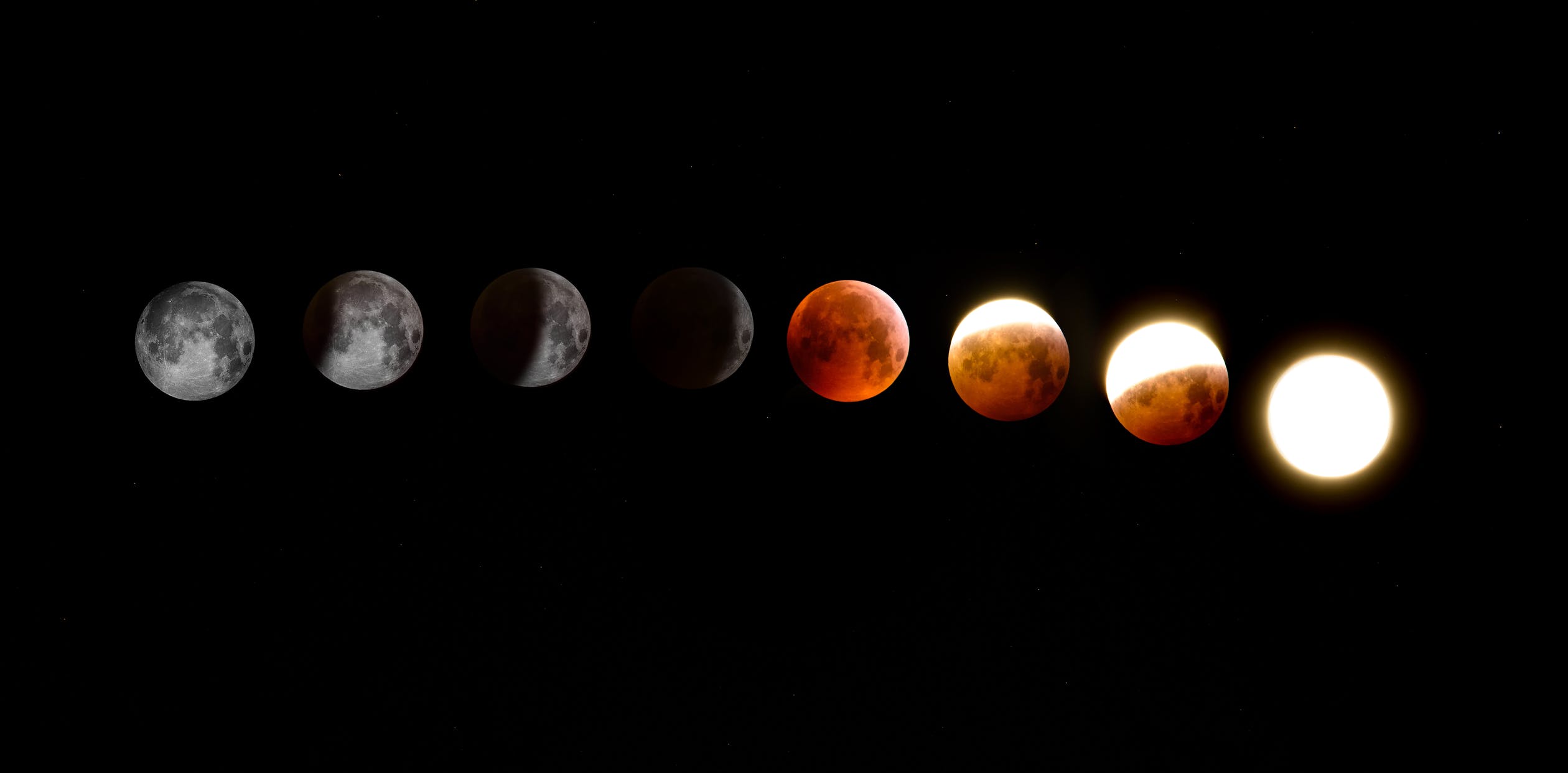WHAT ARE CELESTIAL BODIES?
In your primary, secondary, or even in college, you can across terms like heavenly bodies and celestial bodies, and then you might wonder how they look like and how big are they, how long they live, and what do they do?
Heavenly bodies, or celestial bodies, are objects in space, either Sun, Planets, Moons, Stars, Nebula, asteroids, comets, etc. We only knew just a little part of the celestial bodies because what we just commonly heard and read about are those objects present in the Milky Way Galaxy, and this galaxy is just a dot in the universe where billions and billions of galaxies exist. With a high-power binocular or a telescope, you get a glimpse of how vast the universe is.
Mercury, Venus, Earth, Mars, etc. Have you ever wondered how planets get their names, or did you know that moons and stars also have names?
Are celestial objects’ names being voted or suggested by astronomers, or can someone in the highest position in the government decide what name to give a newly discovered planet? According to astronomer Gareth Williams of Harvard-Smithsonian Center for Astrophysics, naming celestial bodies is a careful process. Williams also works as an associate editor of the International Astronomical Union’s (IAU) Minor Planet Center and part of the several committees responsible for sorting through potential planet names.
The IAU
Founded in 1919, the International Astronomical Union (IAU) aims to promote and safeguard astronomy science. They are responsible for assigning official names and designations to celestial bodies, including planets, asteroids, and minor planets, comets, moons, and geographical features on planets and moons. It is also liaising with organizations that include amateur astronomers.
Naming celestial objects entails a thorough, careful, and months-long process of proposals from committees. This is to ensure that no newly discovered celestial object is double-named and that no offensive or overly silly names are used or make their way onto our astronomical maps.
If you have noticed, most planets except Earth have Roman and Greek names of gods and goddesses. Comets were named after their discoverer, but asteroids, for instance, have a confusing way of a “freeform” naming system.
THE NAMING OF THE PLANETS IN THE SOLAR SYSTEM
Mercury, Venus, Mars, Jupiter, and Saturn were given Roman and Greek names thousands of years ago. They were visible in the night sky even without the use of optical instruments like telescopes.
Uranus and Neptune were discovered in early 1600 after the telescope was invented. William Herschel discovered the planet Uranus in 1781, and he wanted to call it “Georgium Sidus,” or George’s Star, named after the British ruler at the time, King George III. Other fellow astronomers of William were interested in calling the planet Herschel. One astronomer named Johann Bode suggested the name Uranus, a Latin version of Ouranos, which is a Greek god of the sky. The name Uranus only gained full attention in the mid-1800s.
Meanwhile, the farthest planet from the Sun, Neptune, was first seen by a German astronomer Johann Gottfried Galle, using a telescope in 1846. It is the only planet that cannot be seen by the naked eye. Since the planet has a vivid blue color, the Romans it Neptune, which means god of the sea.
STAR NAMING
During the ancient period, people saw star patterns in the night sky. They resembled animals, objects, and people, and they were called constellations, which some represent mythical figures like Orion the Hunter, a Greek mythology hero.
Astronomers use constellations in the naming of stars, and the International Astronomical Union officially recognizes 88 constellations. Usually, a constellation’s brightest star has “alpha,” the first letter of the Greek alphabet, as part of its scientific name. Similarly, the most shining star is typically designated “beta,” and the third brightest “gamma,” and so on until all the Greek letters are used, after which numerical designations follow.
Many stars have ancient names. Betelgeuse, for instance, is Orion’s brightest star. It means “the hand (or the armpit) of the giant” in Arabic, and the scientific name is Alpha Orionis. Also, astronomers have compiled star catalogs that use unique numbering systems. The Henry Draper Catalog, which was published between 1918 and 1924, and named after a pioneer in astrophotography, provides spectroscopic classification and rough positions for 272,150 stars. The astronomical community has widely used it for over half a century. Under the Henry Draper catalog, Betelgeuse is designated as HD 39801.
To lessen the confusion because there are countless stars in the universe, the IAU uses a unique naming system for the newfound stars. They use an abbreviation to represent a star type or a catalog containing information about the star, followed by a group of symbols.
For instance, PSR J1302-6350 is a pulsar (PSR stands for pulsar). The J shows that a coordinate system known as J2000 is being used. The numbers 1302 and 6350 are coordinates like the latitude and longitude codes used on Earth. Meanwhile, visit the following link if you want to know the difference between binocular and telescope.



